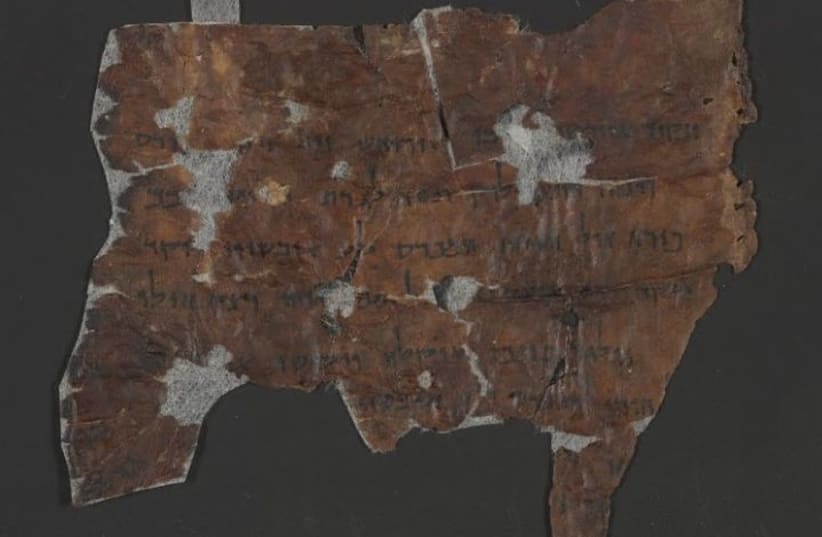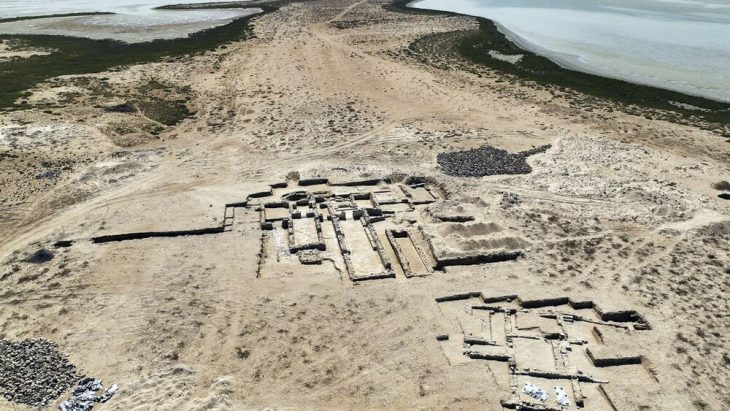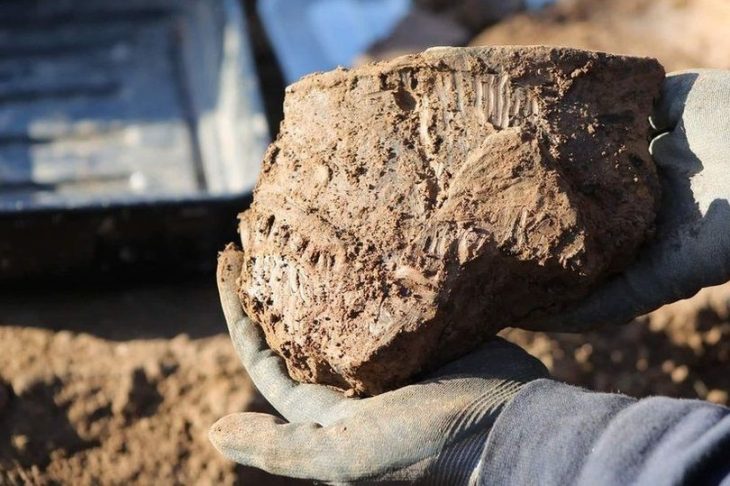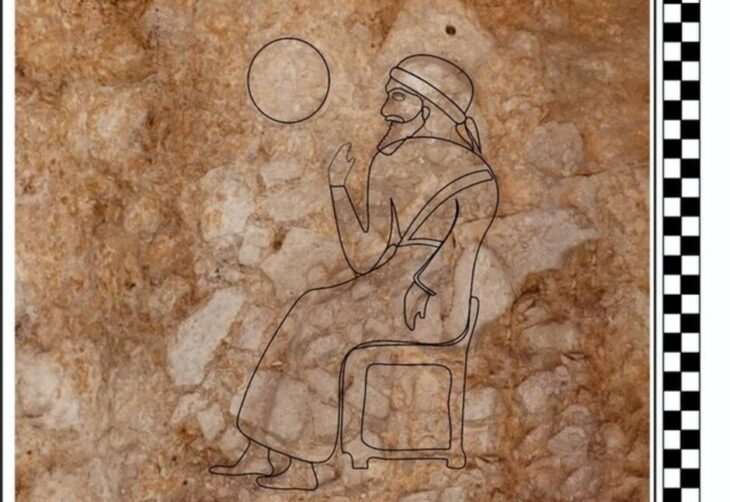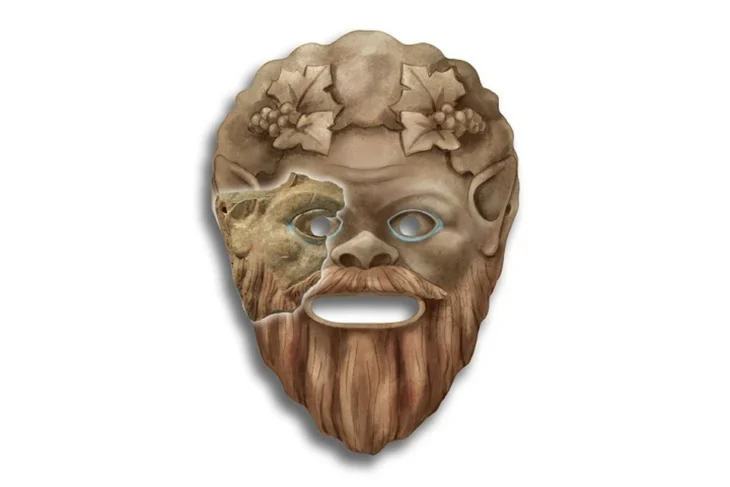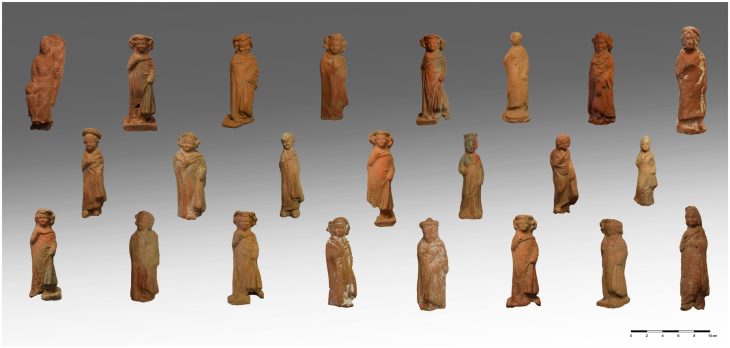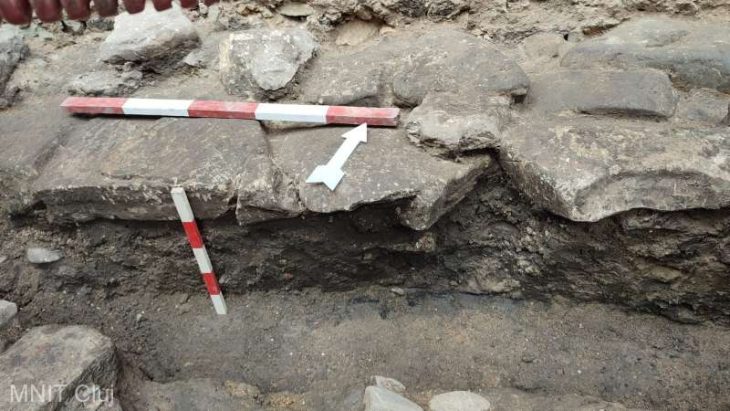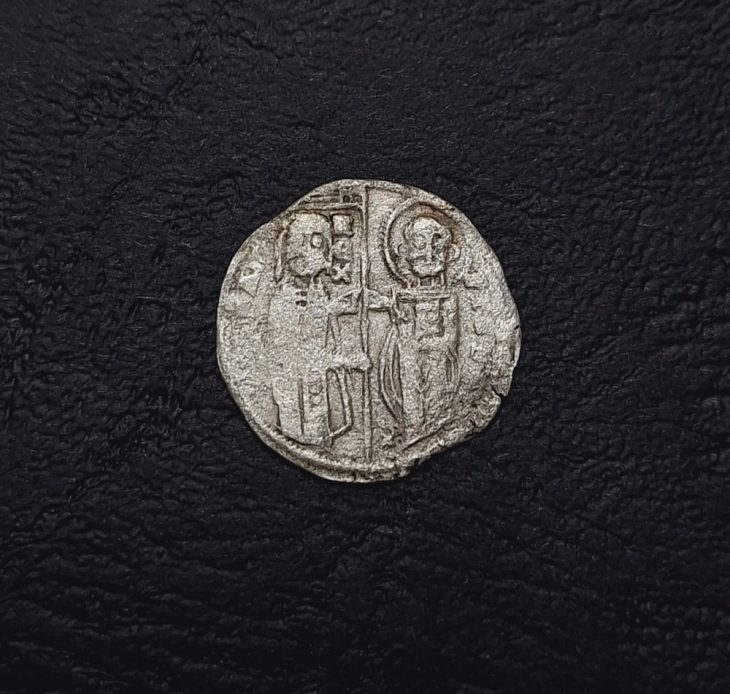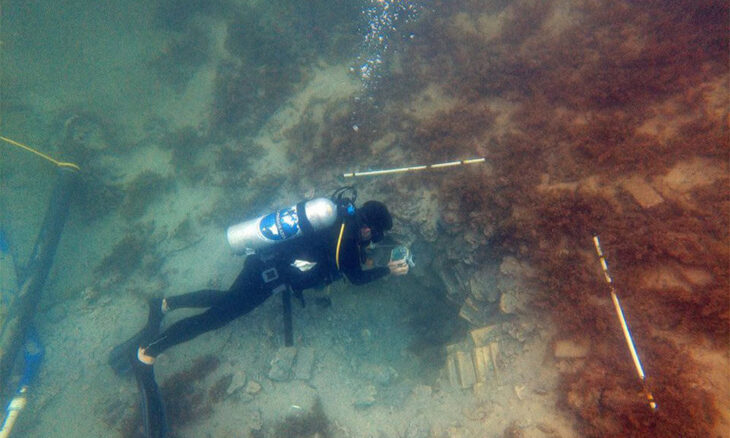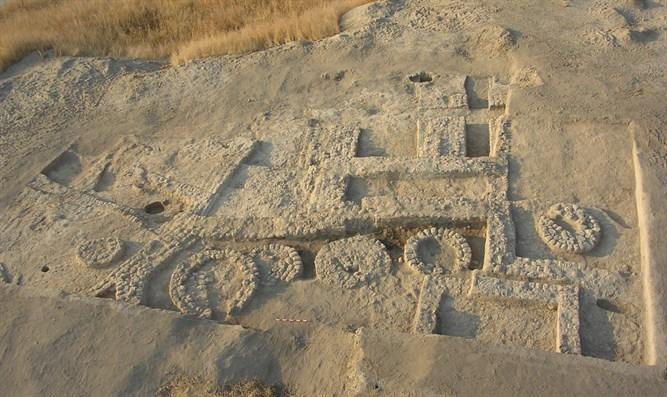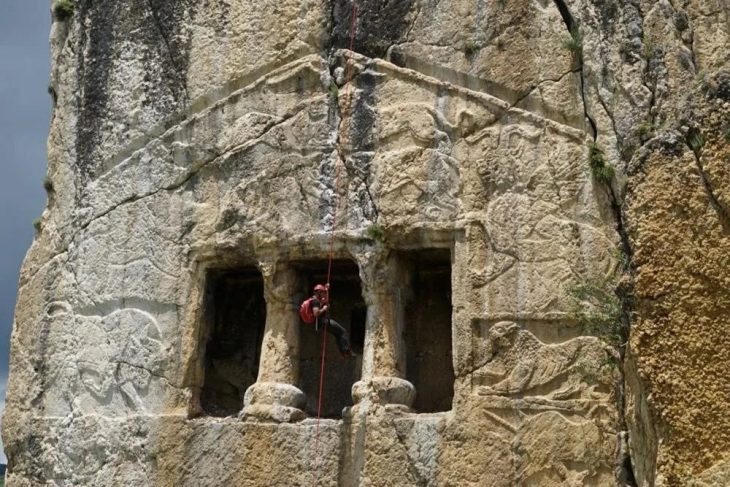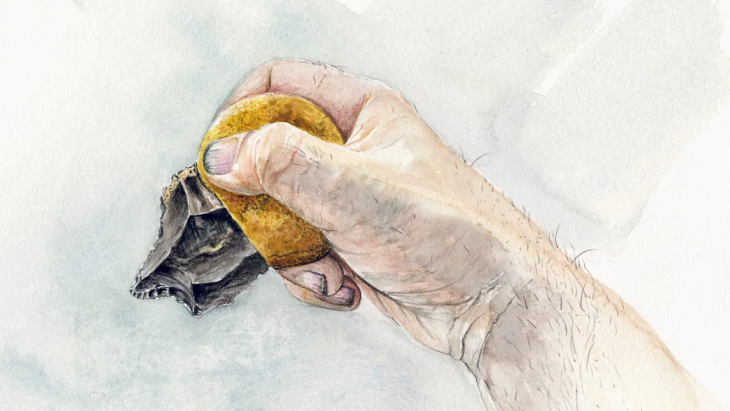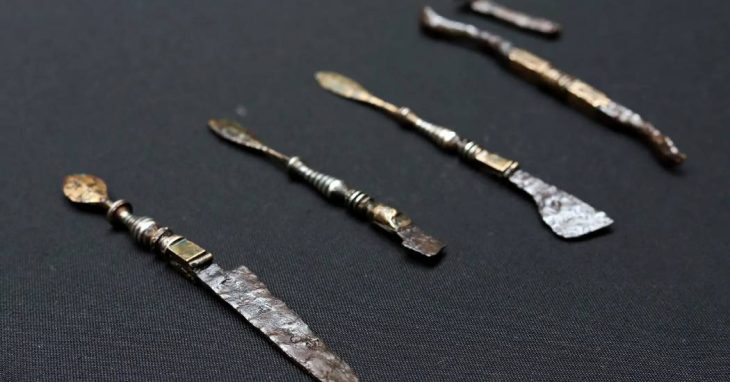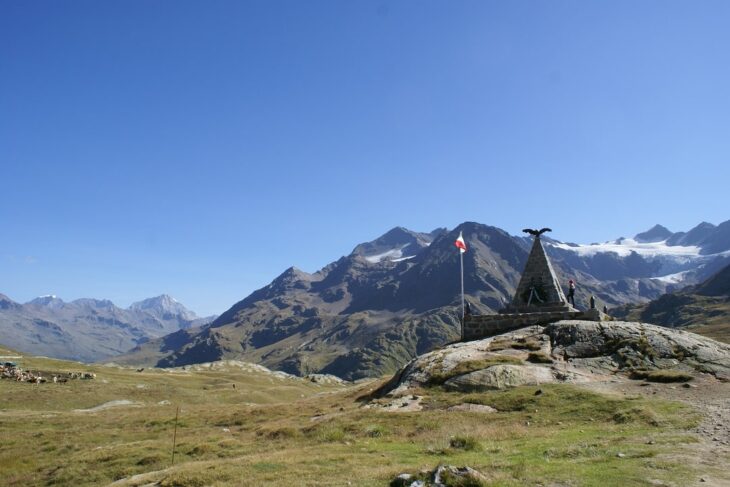One of the most interesting and mysterious scrolls discovered in the Judean Desert is a scroll called the “Horoscope.” This scroll shed light on the ancient practices of astrology and mysticism in a discovery that has intrigued historians and archaeologists alike.
The artifact offers a unique peek into the beliefs of a secretive sect that thrived thousands of years ago.
This ancient text reveals a worldview in which a person’s birth date not only indicates their zodiac sign but also determines their physical characteristics and the balance of light and darkness within their soul.
This unique composition was written in Hebrew in the reverse direction – from left to right- and contains signs in Greek, Aramaic, and ancient Hebrew script, as well as code.
“From the writing style, it seems the text was intended only for those who were supposed to know how to read it,” says Dr. Oren Ableman, a scroll researcher in the Judaean Desert Scrolls Unit of the Israel Antiquities Authority. “The texts were apparently secret, comprehensible only to the leadership of the Scrolls sect.”
📣 Our WhatsApp channel is now LIVE! Stay up-to-date with the latest news and updates, just click here to follow us on WhatsApp and never miss a thing!!
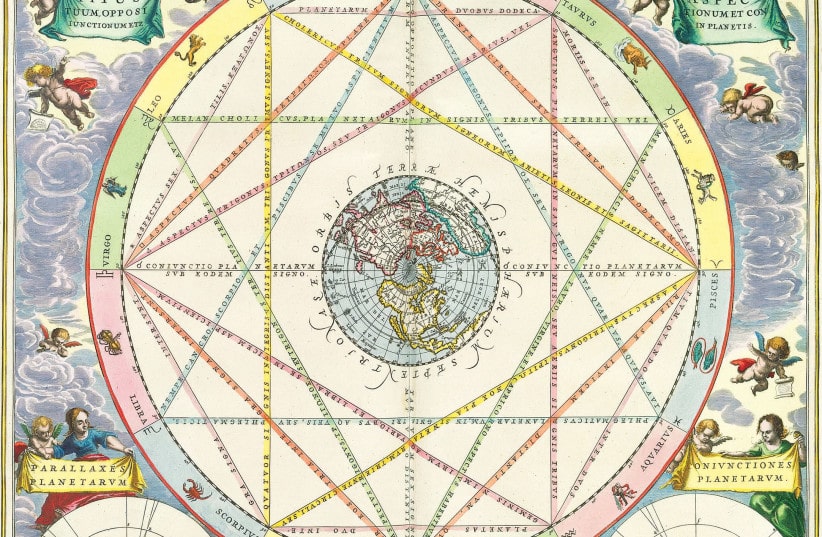
The scroll presents an intriguing theory in which a person’s physical attributes are determined by the degree of light or darkness in their soul. Each date on the calendar is associated with a particular amount of light or darkness, and thus, the amount of good or evil, or light or darkness, in the soul of the person born on that date.
The “Horoscope” scroll also hints at a rigorous initiation process for new members of the community, who identified themselves as “children of light.”
“It seems to have been a kind of manual for crafting a ‘horoscope,’ using one’s birth date to determine their personality and physical features. New members had to prove their suitability to join the ranks of the righteous. This, in effect, suggests that a person could believe in the sect’s beliefs and customs but still be rejected because they were not born on the right date, or their head shape did not fit,” says Dr. Ableman.
The discovery of the scroll has reignited interest in the Dead Sea Scrolls and ancient Judean Desert sects, serving as a reminder of humanity’s enduring quest for knowledge and the mystical.
Cover Photo: SHAI HALEVY / ISRAEL ANTIQUITIES AUTHORITY

